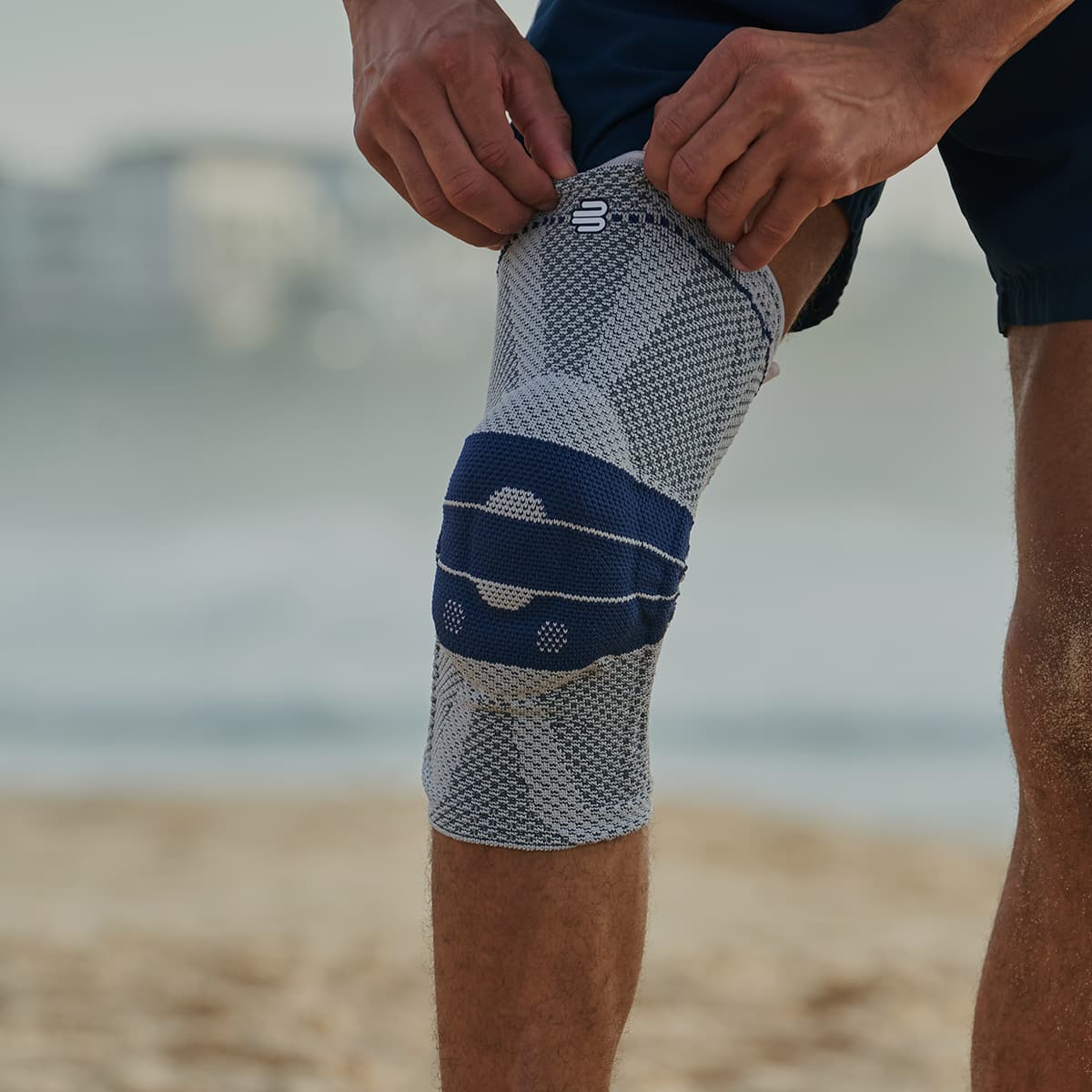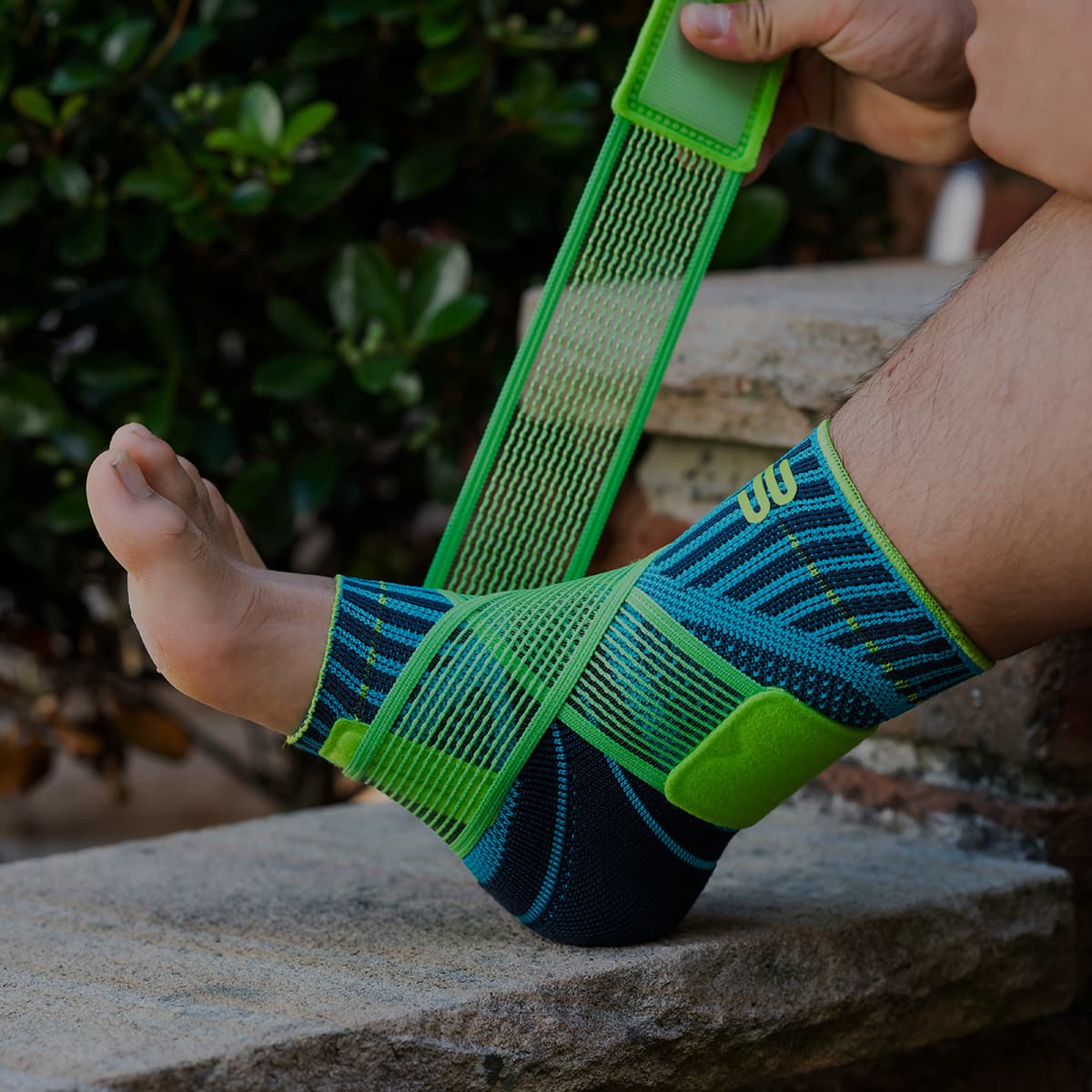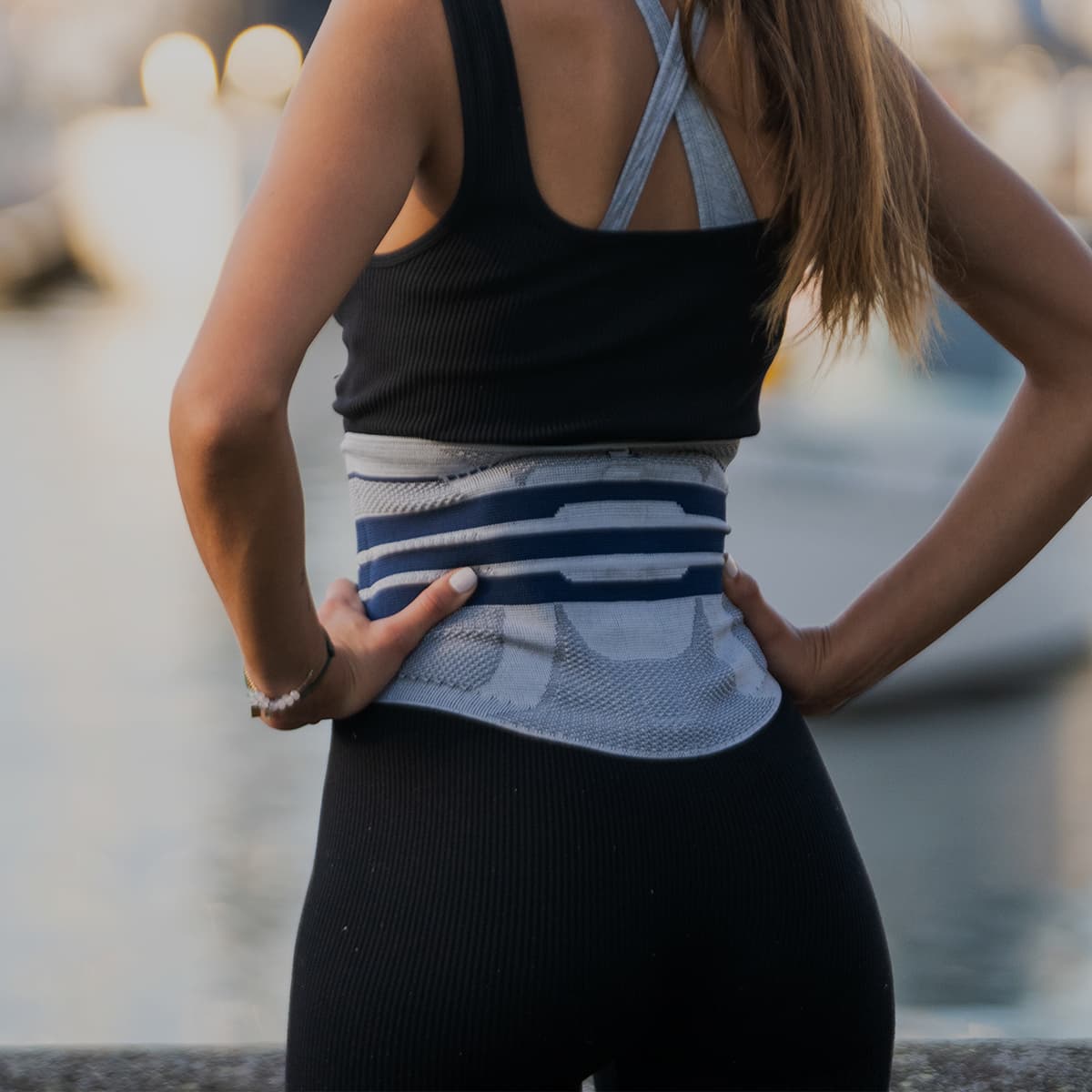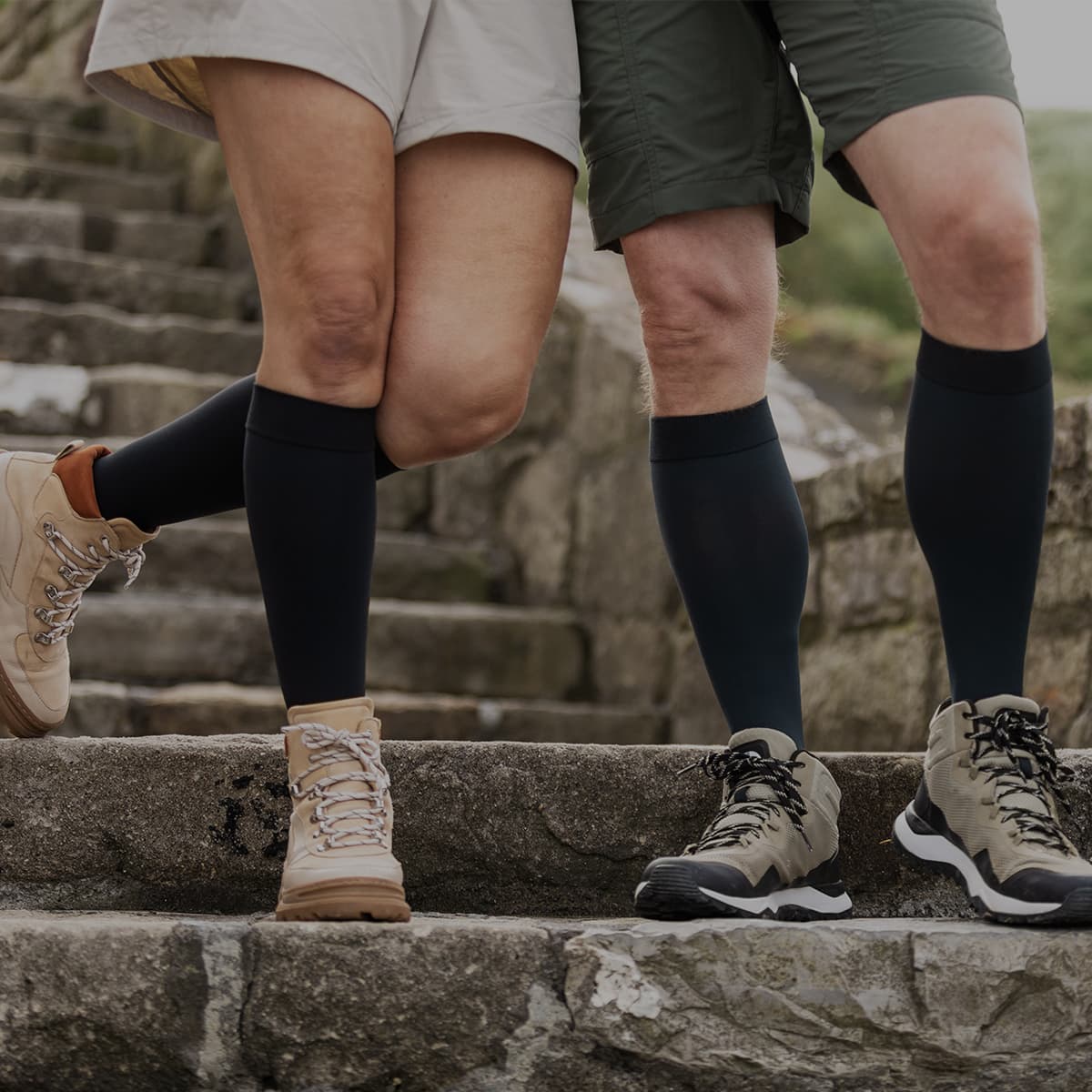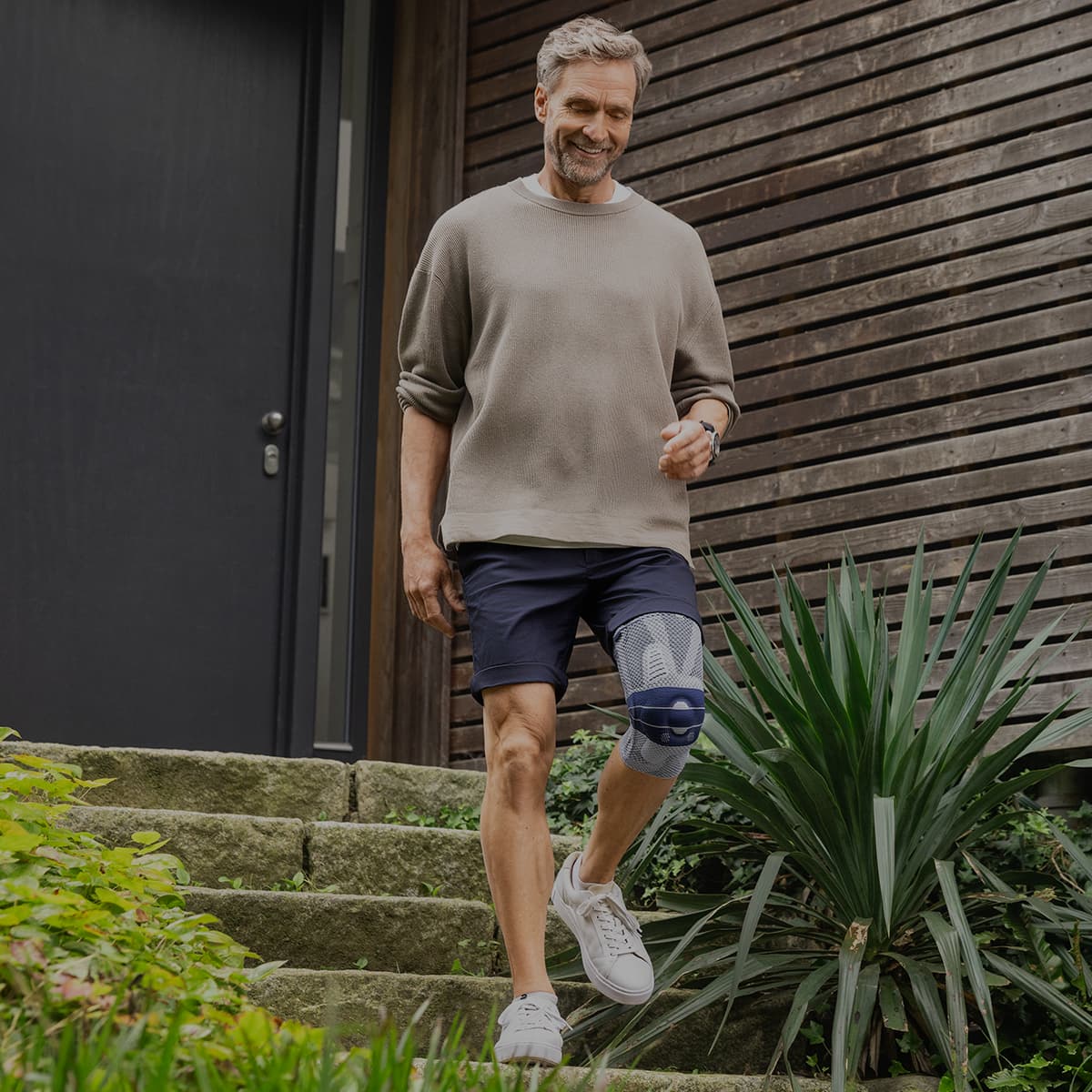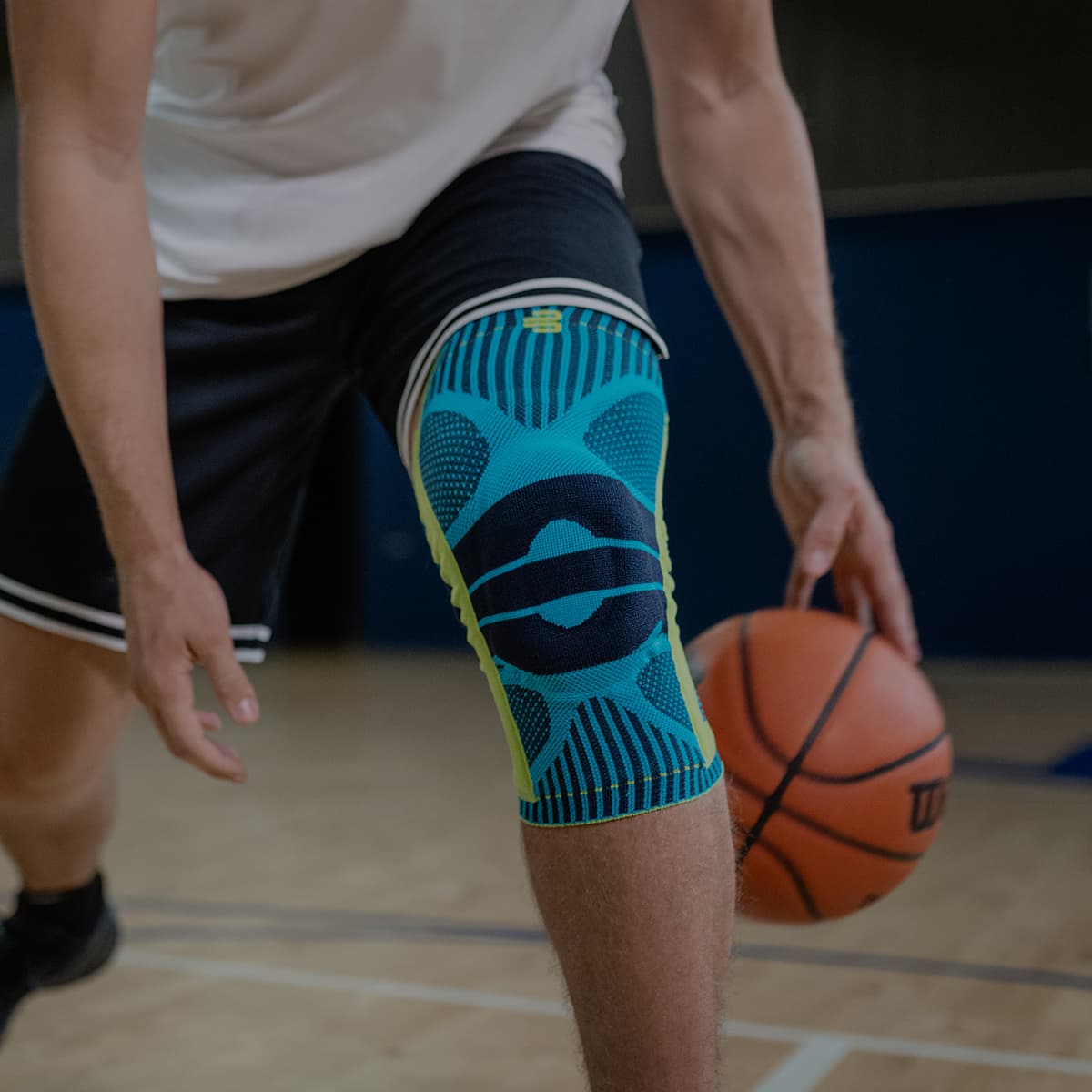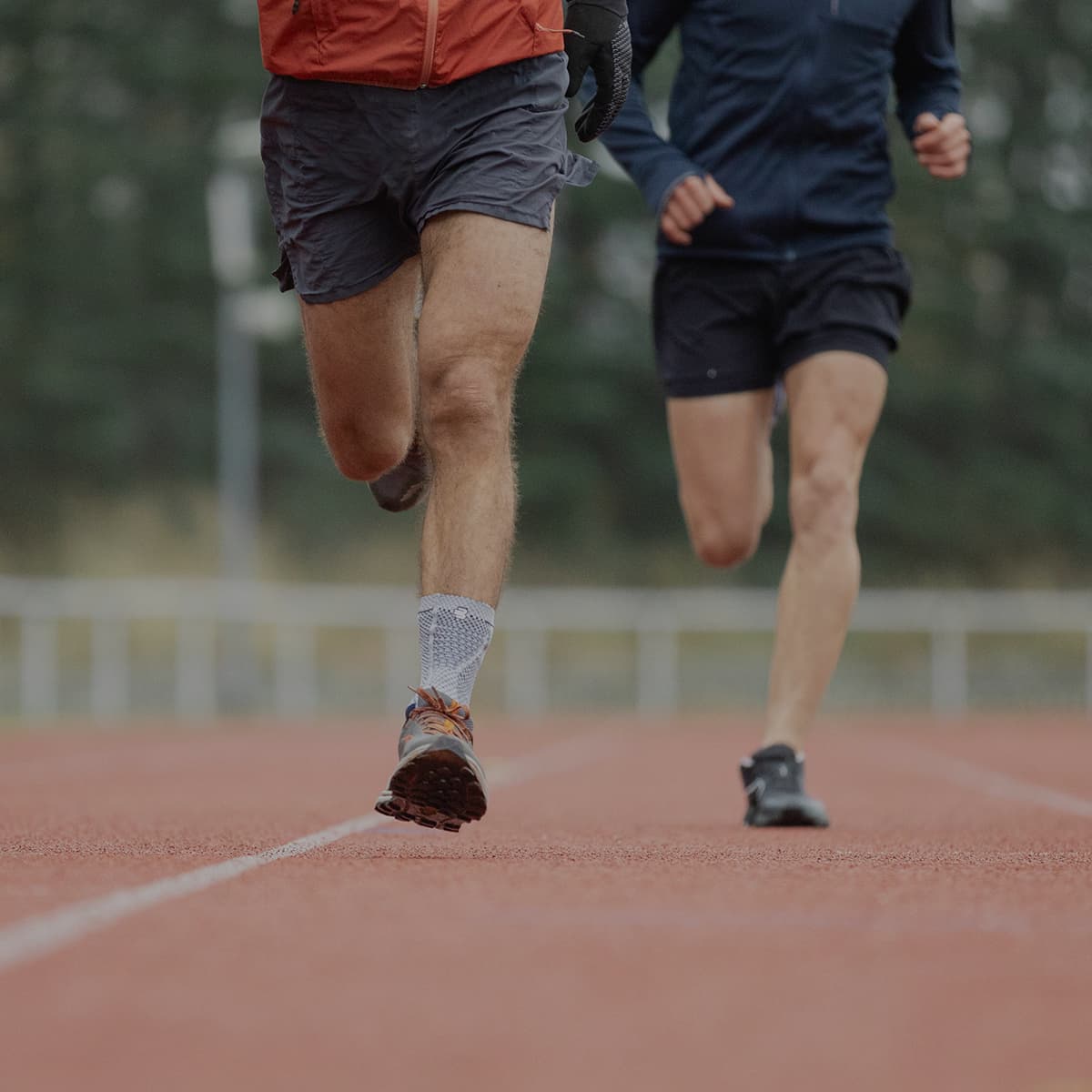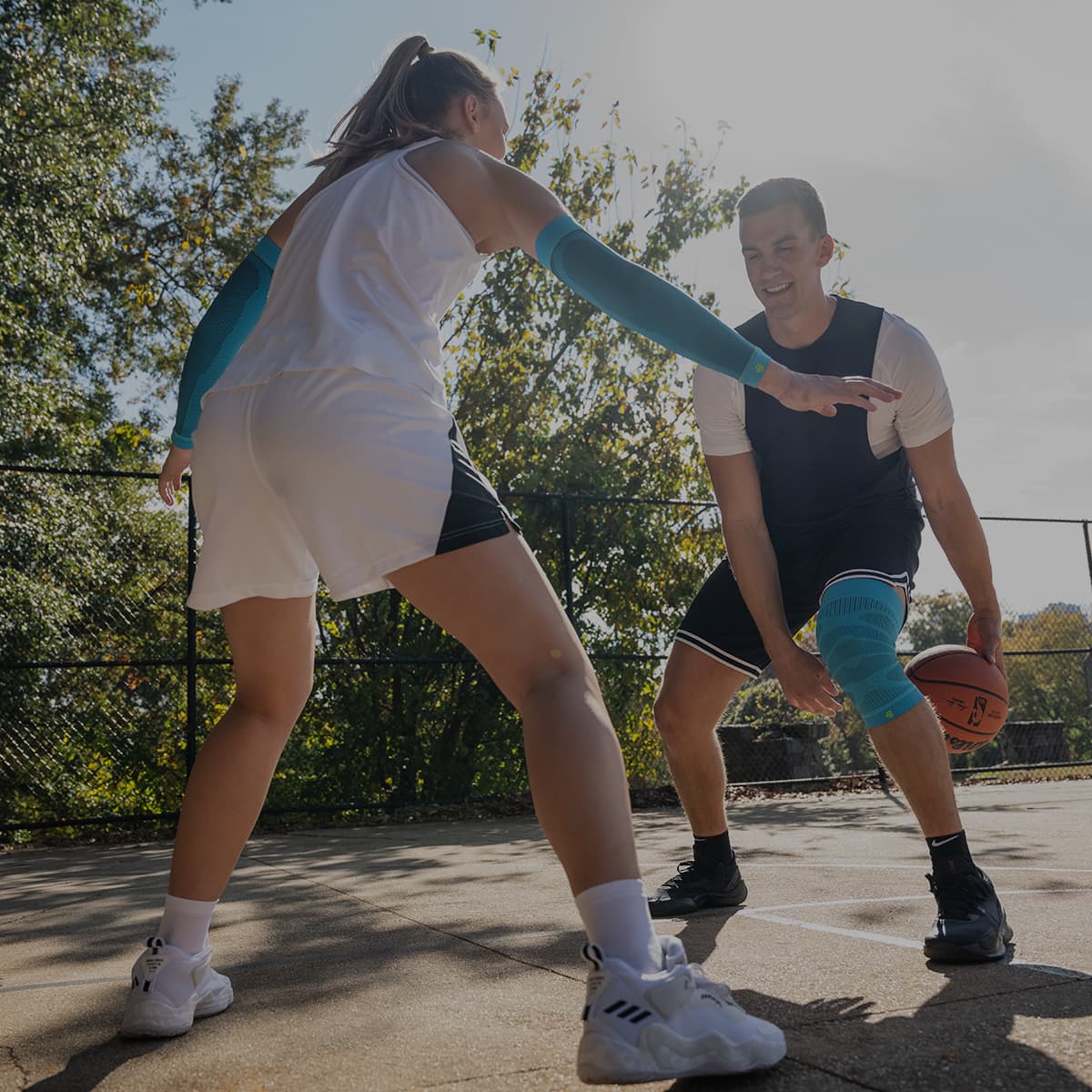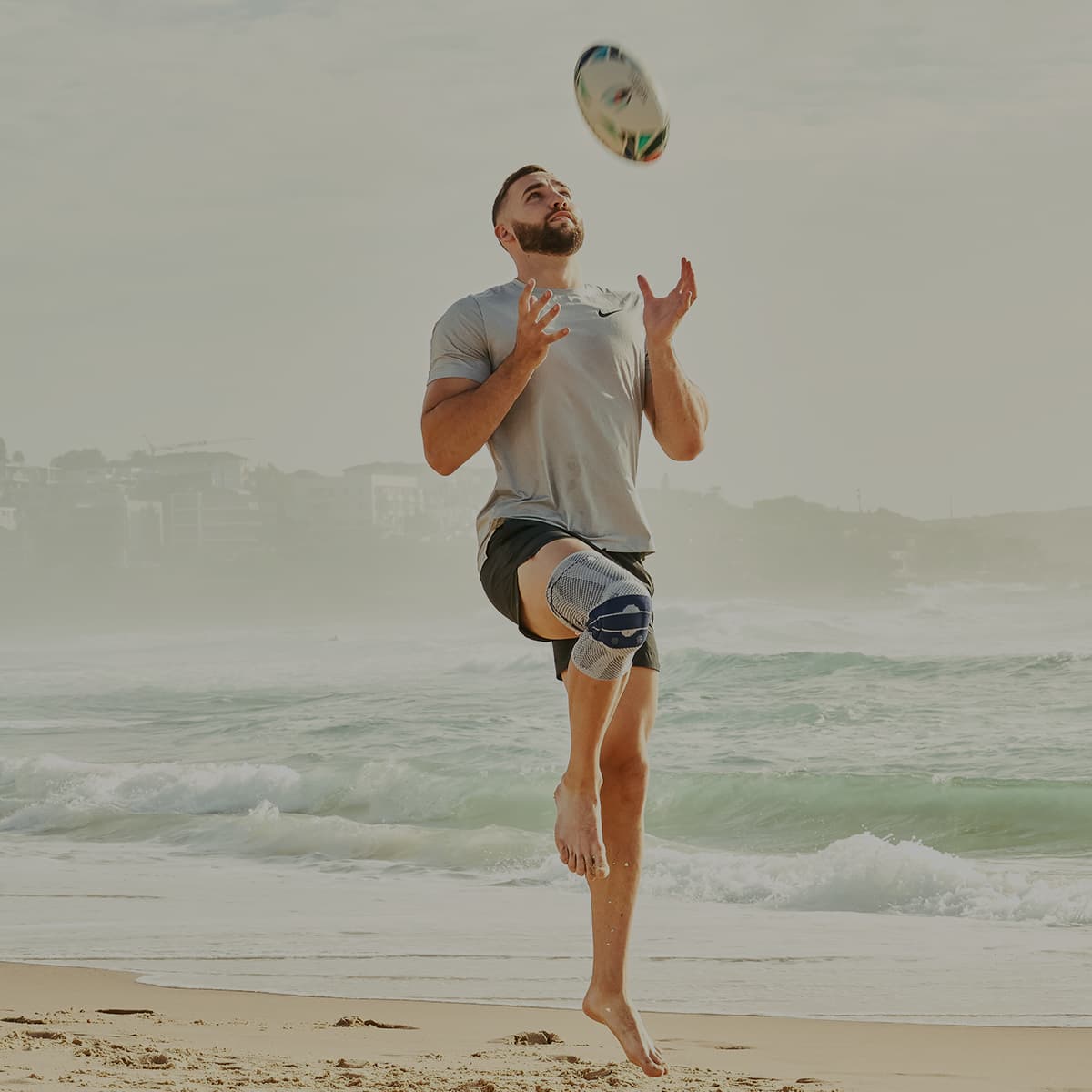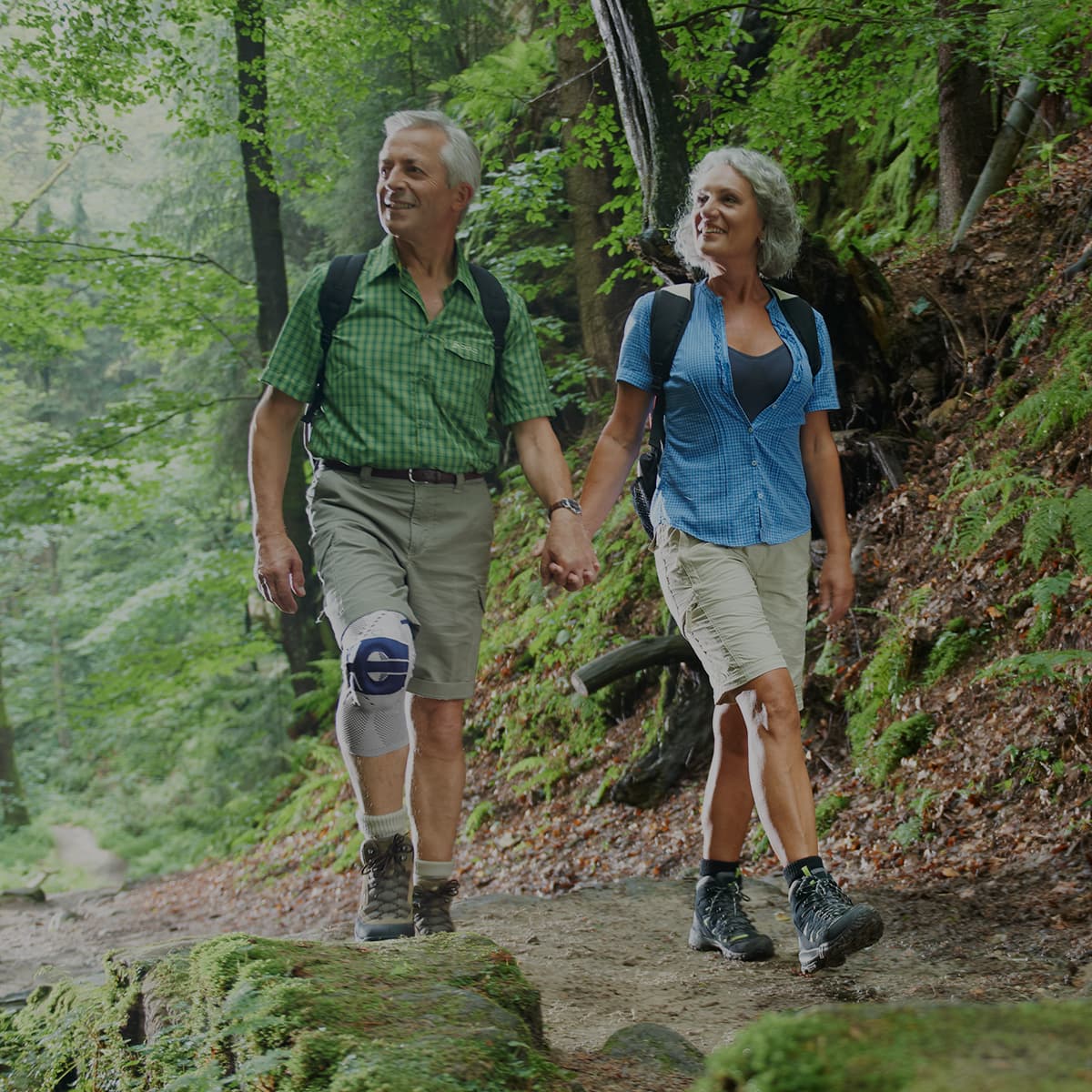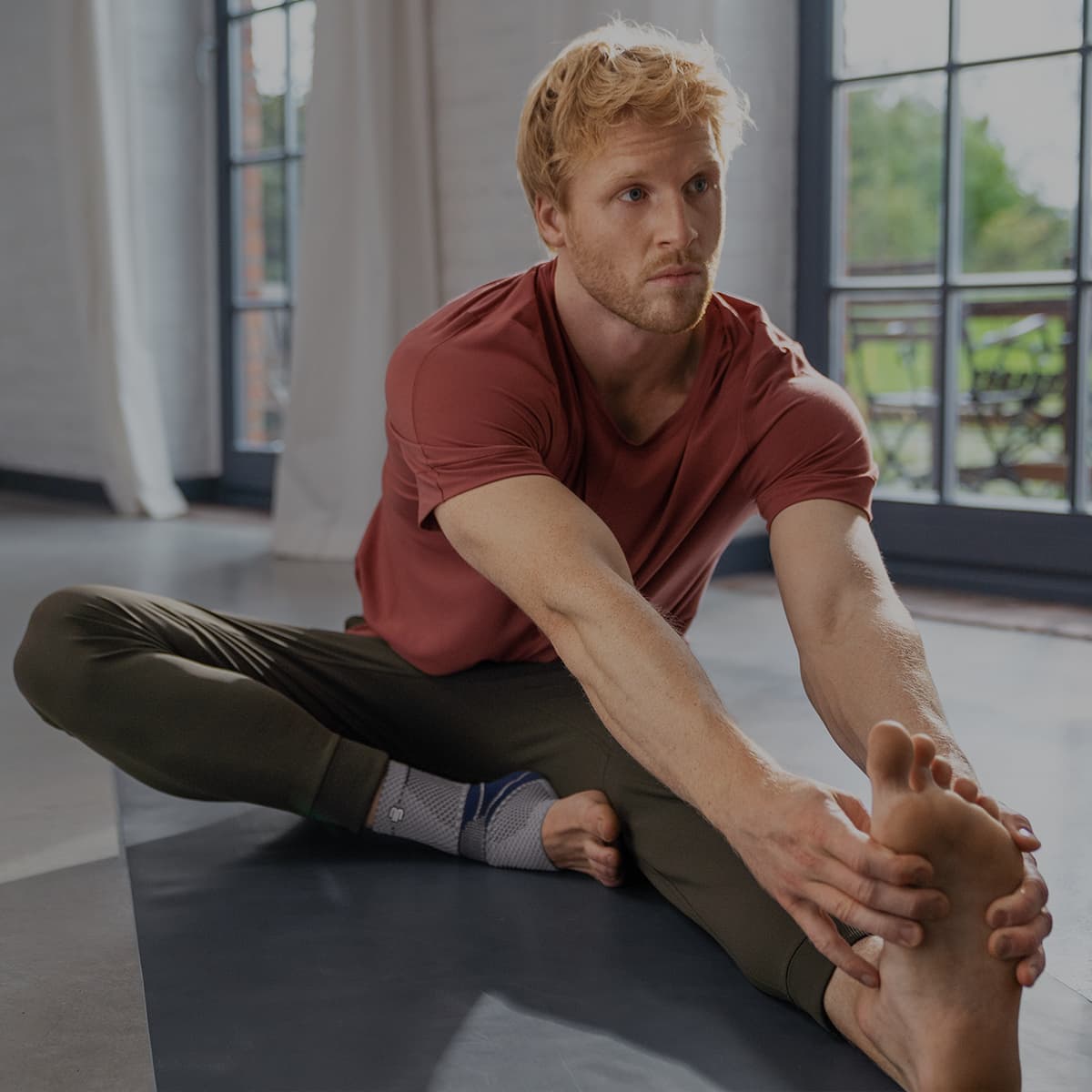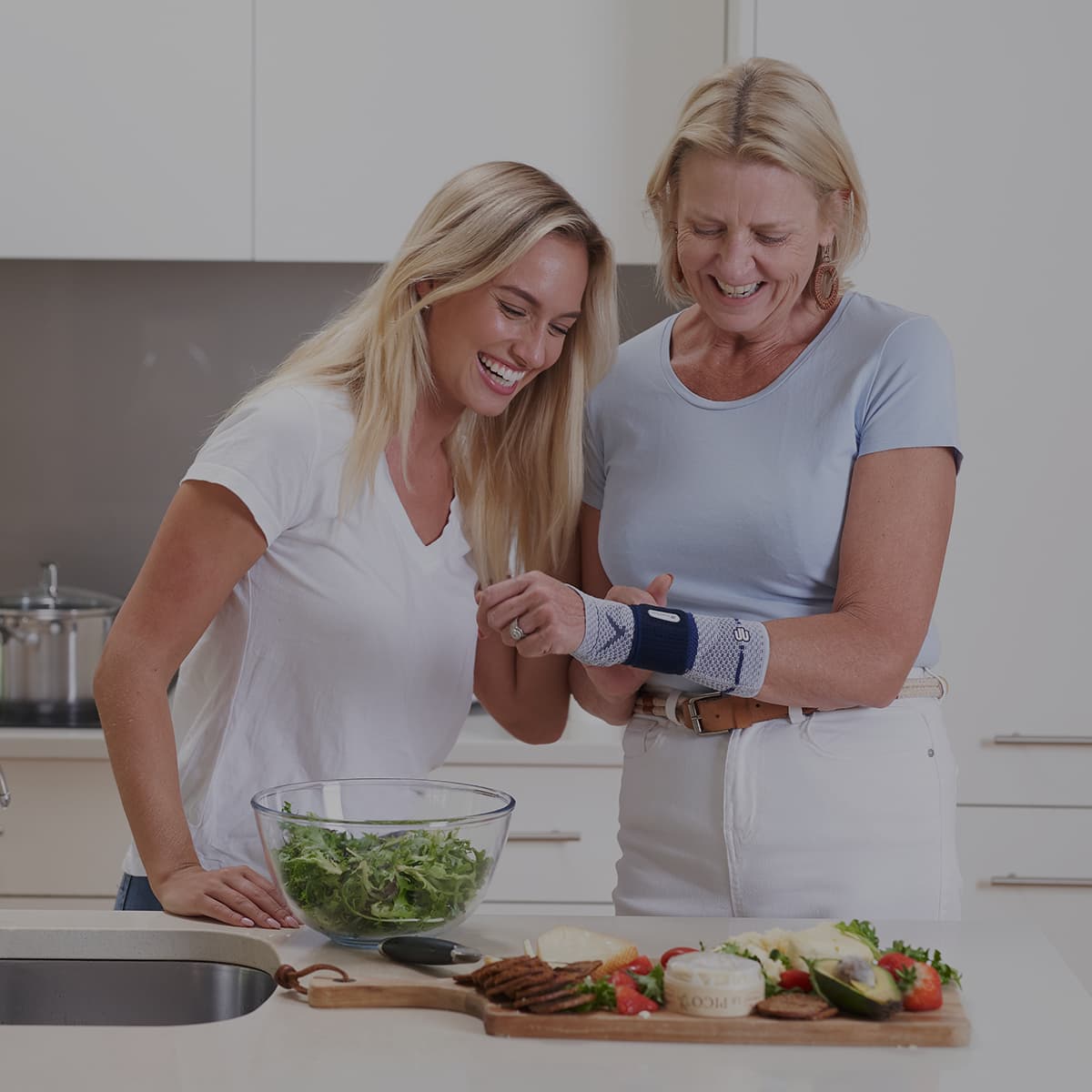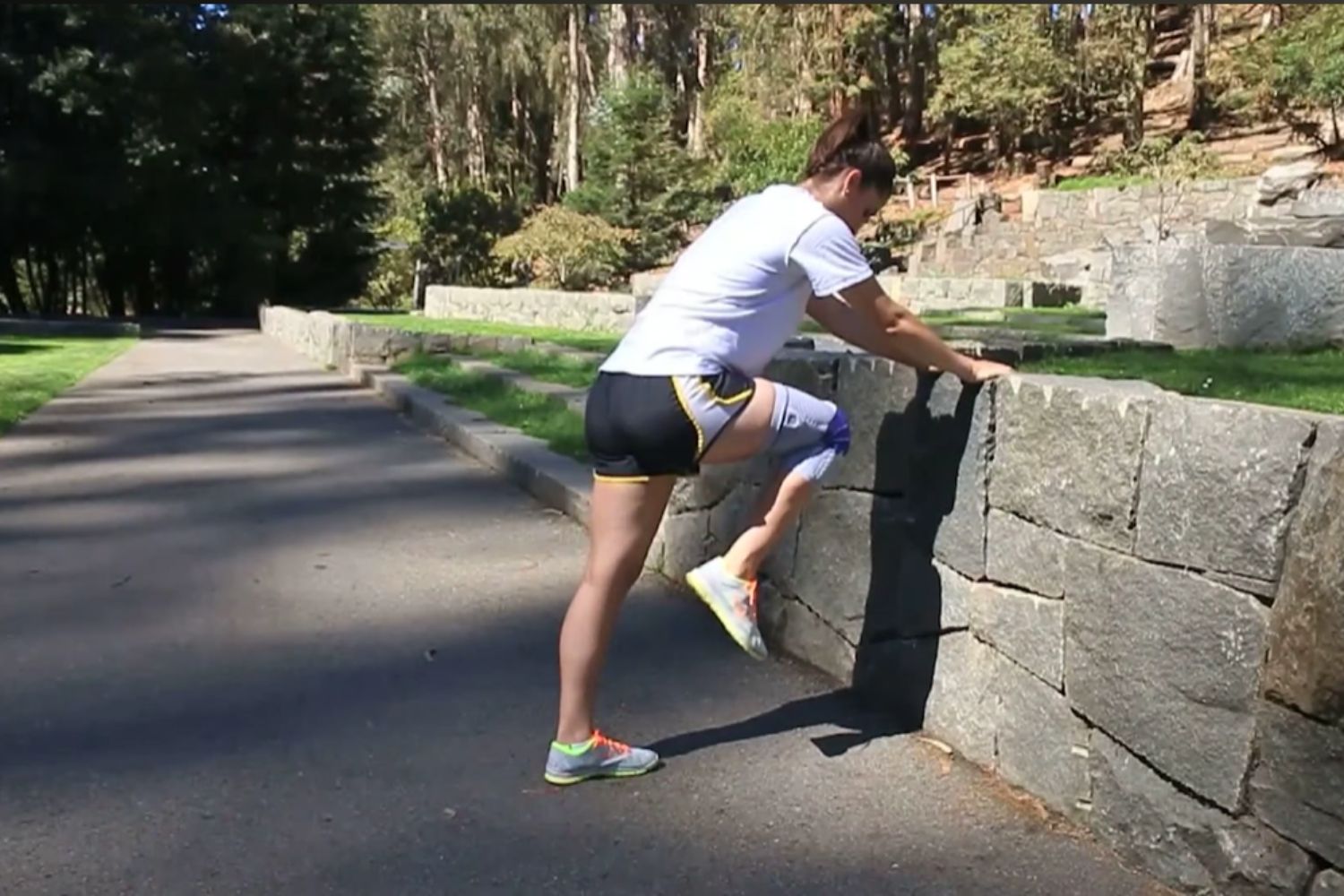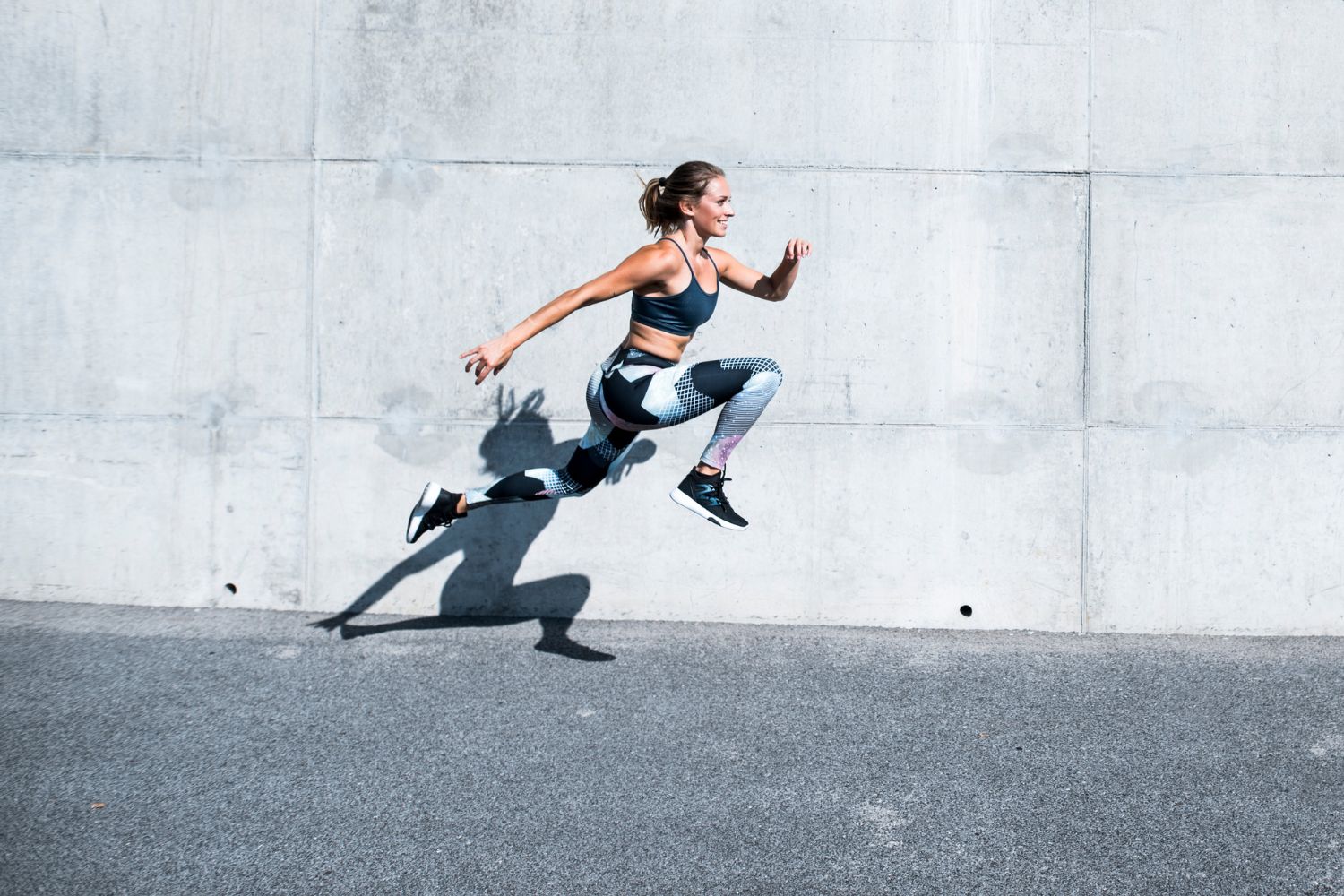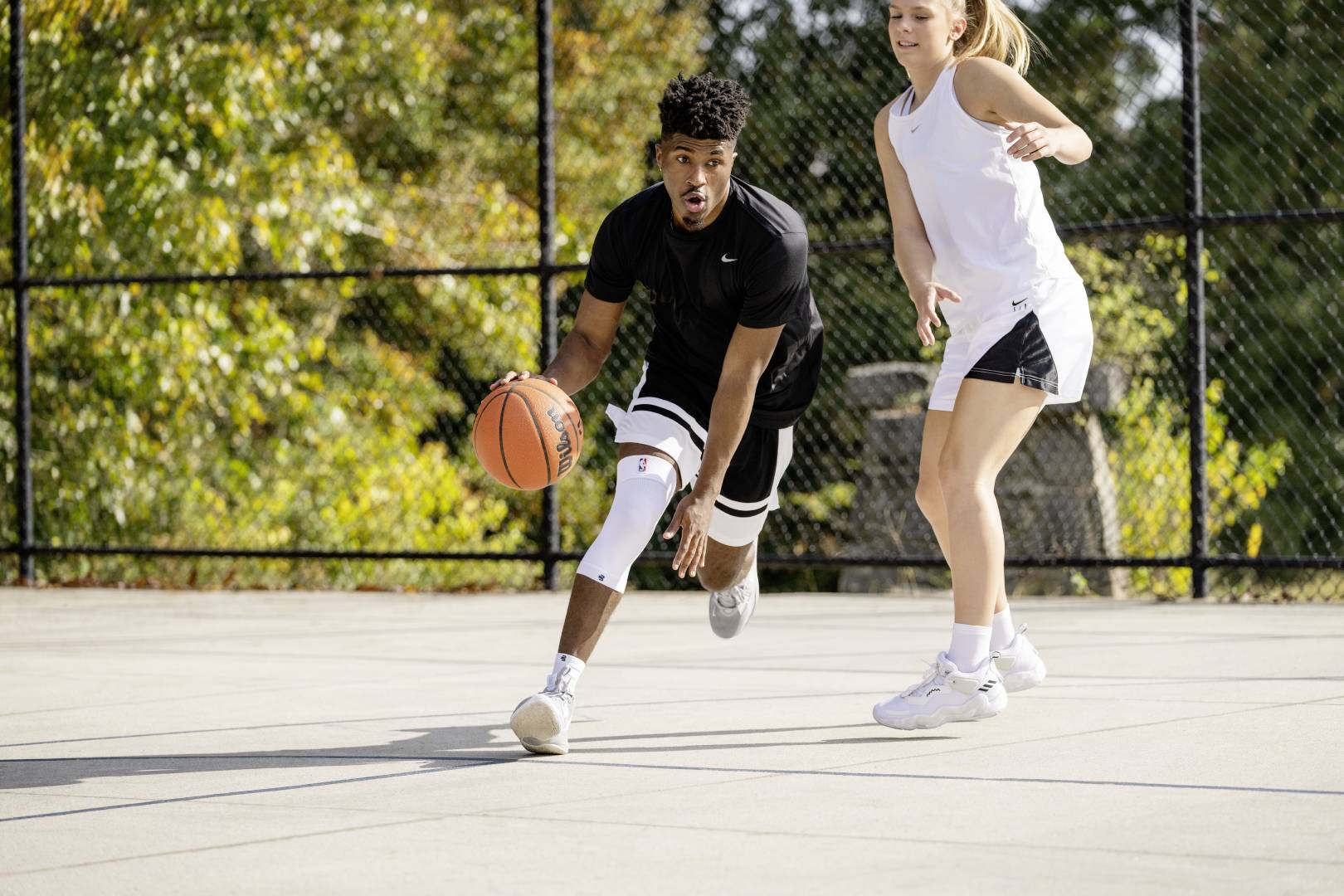Inclined hip flexion is a rehabilitative exercise to strengthen and mobilise the hip flexors, which are responsible for moving your knee closer to the chest. Strengthening these muscles can help relieve pain and improve stability in the knees, hips, and low back - whether it stems from arthritis or an injury.
Anatomy of the hip flexors
The muscles responsible for hip flexion include:
- Psoas: This muscle runs along the inside of the hip and connects your lumbar vertebrae to the top of your femur.
- Iliacus: This muscle runs from the top of the hips along the inside of your pelvis, connecting it to the femur.
- Rectus Femoris is one of the quadriceps muscles—specifically, the only quadriceps muscle involved in hip flexion. It runs from the mid-hip to the knee.
- Tensor Fasciae Latae runs along the outside of your leg, from the top of the hip to the bottom of the knee. It also connects to the ITB. Along with hip flexion, this muscle contributes to single-leg stability.
- Sartorius: runs from the outer hip, across the femur, and to the inner knee. As such, it plays a role in hip flexion and hip and knee stability.
Tightness or weakness in this muscle group may cause pain and instability in the low back, hips, and knees, increasing your risk of injury or potentially worsening an existing one. It may also negatively affect the glutes and hamstrings, as they will be forced to compensate.
How to do inclined hip flexion
- Stand in front of a table, wall, or railing.
- Lean your arms on it and step back so your torso is at a ~45-degree incline.
- While keeping your hands on the railing and one foot firmly on the ground, bend your affected leg and raise your knee until your thigh is parallel to the ground.
- Straighten your leg until it is in a straight line with your torso and touch your toes to the ground.
- Do 10 reps in 3 sets, or as your ability allows.
Support your inclined hip flexion
For your knees:
GenuTrain Knee Support
The medical-grade knit and patella pad in our GenuTrain Knee Support activate the muscles and improve sensorimotor function, protecting the knee and improving your awareness of how you move and position the joint.
For your hips:
CoxaTrain Hip Support
Our CoxaTrain Hip Brace incorporates a thigh sleeve, hip stabiliser, and back brace for maximum support. Whether you have a labrum tear, ligament injury, or arthritis, the CoxaTrain will help you find relief and get active again.
For your lower back:
SacroLoc Back Support
The LumboTrain and SacroLoc back supports are great for pain and weakness in the lumbar, sacrum, and sacroiliac joints. They incorporate medical-grade compression and a specialised pad to relieve tension and instability and improve muscle activation.
More information
If you require assistance selecting the right product for your needs or wearing the brace, call us on 098015660 or contact us via live chat.
Do you have private health? Most private health extras will cover Bauerfeind Products. Check to see if yours is included. Bauerfeind Private Health Insurance Inquiry.
Bauerfeind was founded in 1929, and since then, we've worked tirelessly to develop and improve our extensive range of braces, insoles, and compression products. Our mission is to provide you with top-of-the-line supports so you can reach your fitness goals or live life without pain holding you back.
Every product is produced entirely in our facilities in Germany with the guidance of doctors, clinics, and orthopaedic technicians.

